Sale!
Description
A spike map is a type of data visualization that represents geographic information by using spikes or vertical lines to convey data values at specific locations on a map. Each spike typically represents a numerical value, such as population density, frequency of events, or any other relevant metric. The height or length of each spike corresponds to the magnitude of the data value at its respective location. Spike maps allow for the visualization of spatial patterns and variations in data across different regions or locations. They are commonly used in fields such as geography, demographics, and data analysis to analyze and communicate spatial data effectively.
Only logged in customers who have purchased this product may leave a review.

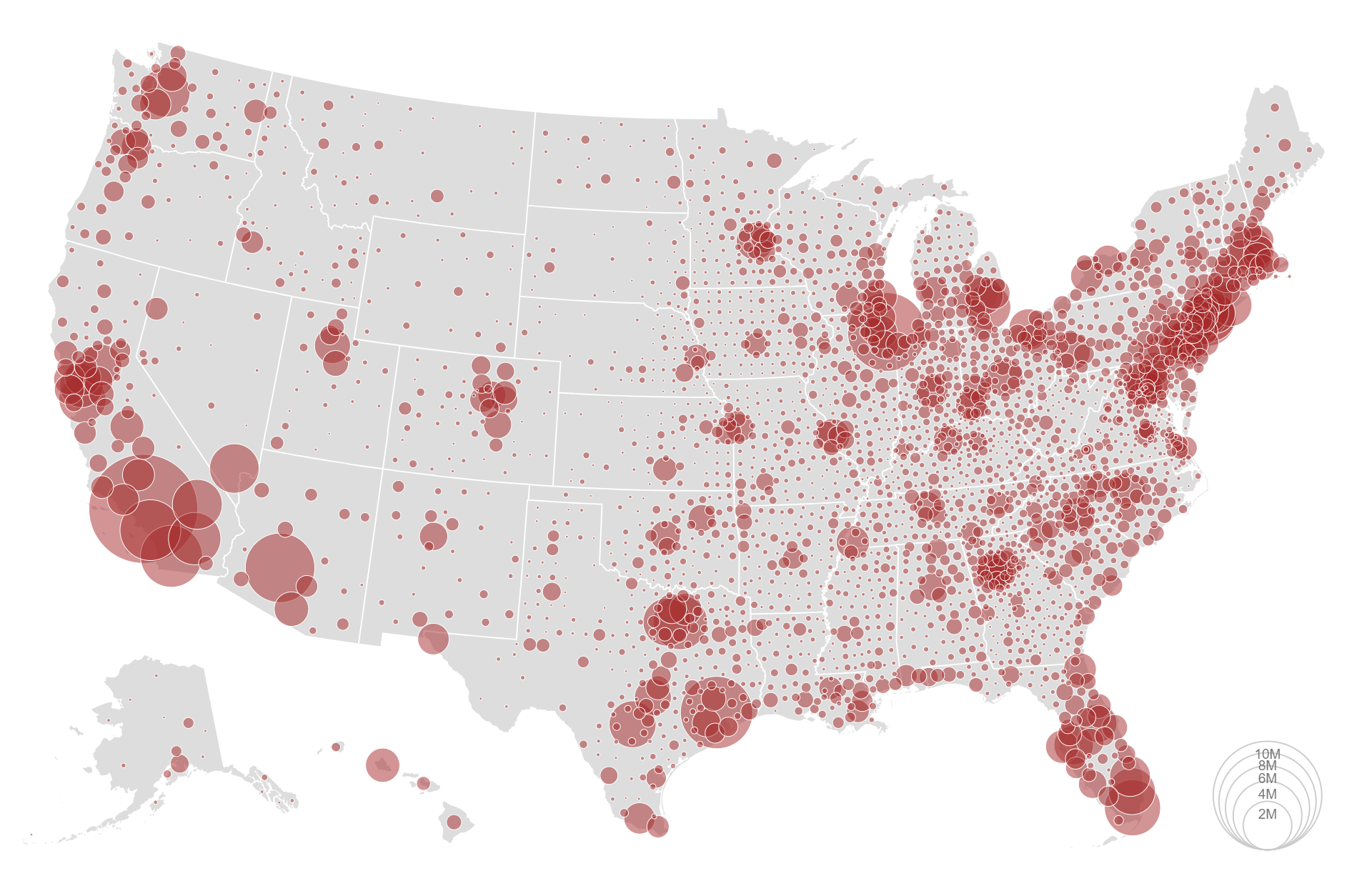
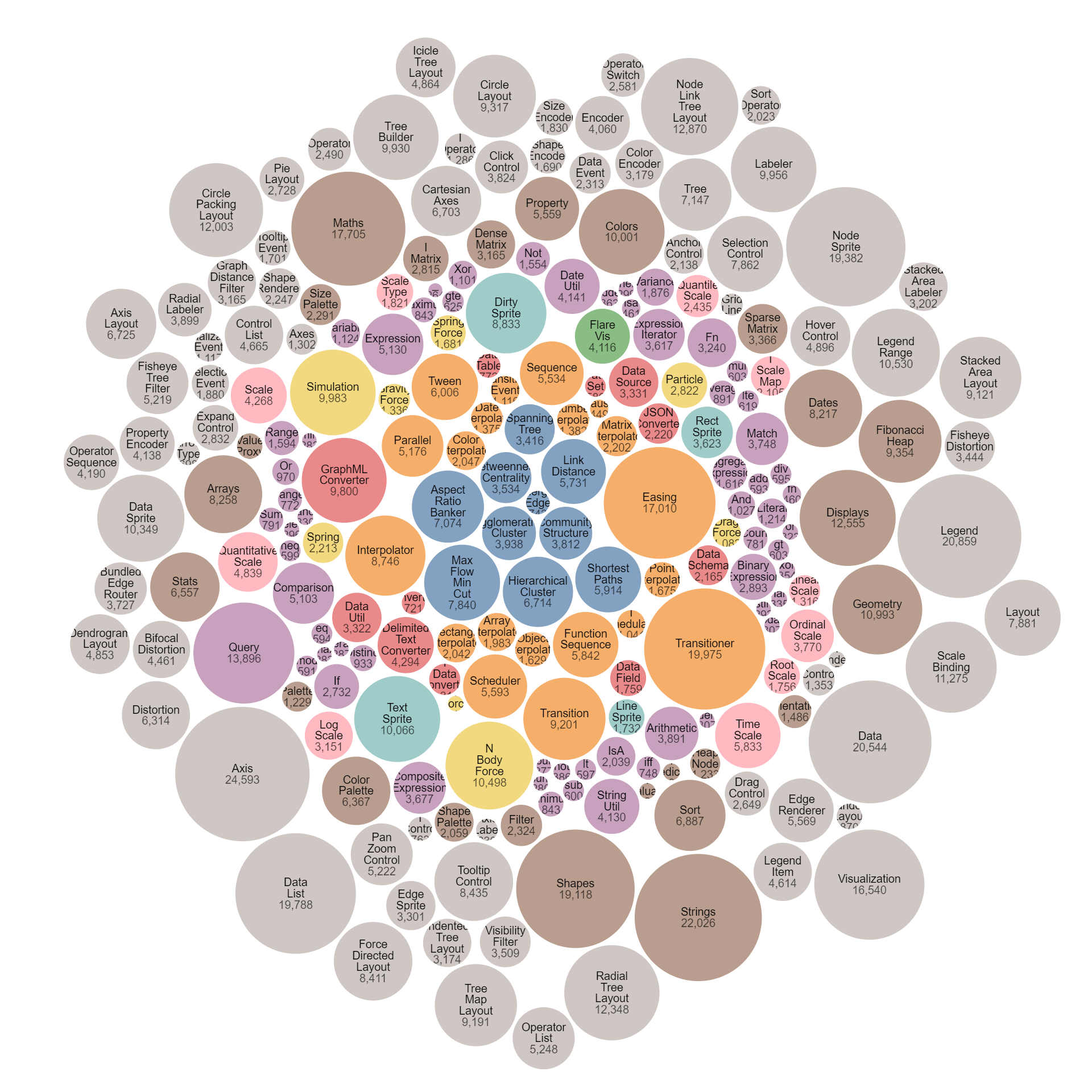
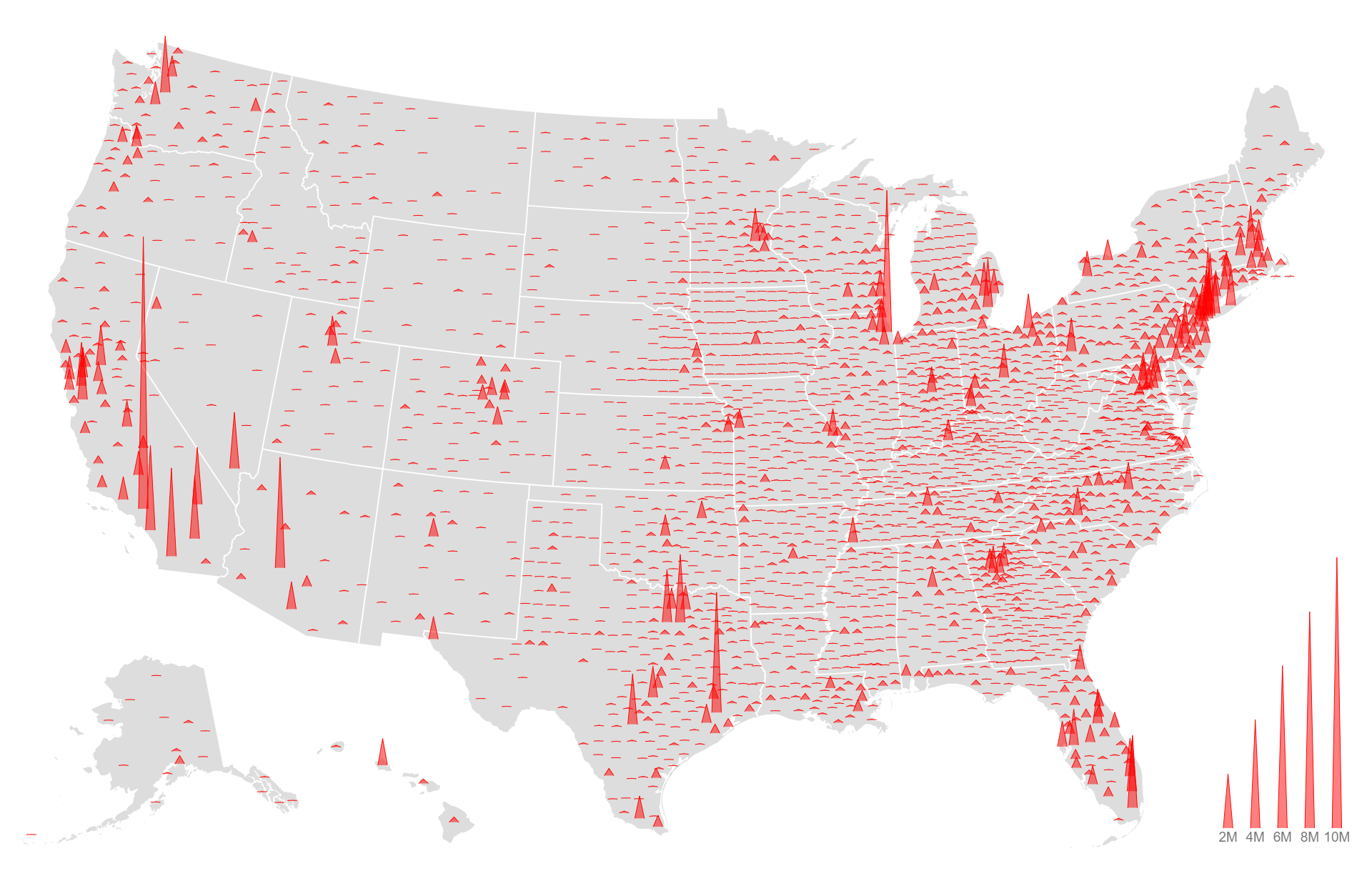
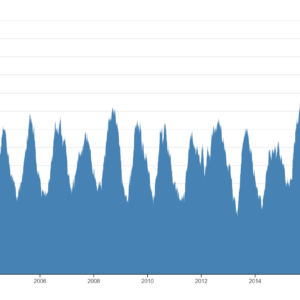
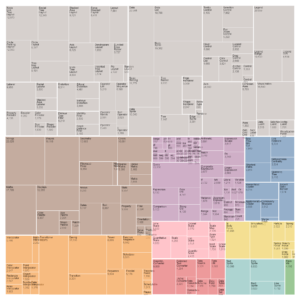
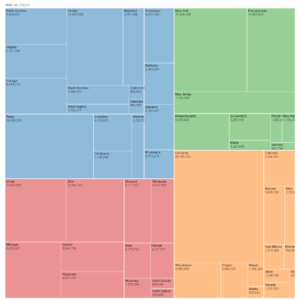
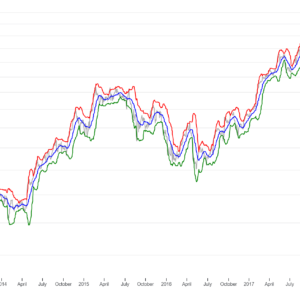
Reviews
There are no reviews yet.